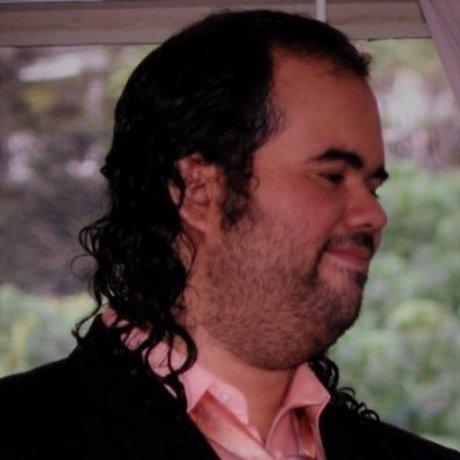Net-Zero Energy Building and Thermal Comfort Modeling
- 0 Collaborators
Sensors, Surveys, and Data Analytics for Understanding Energy Consumption Behavior and Indoors Thermal Comfort ...learn more
Internet of Things, Artificial Intelligence
Groups
Student Developers for AI
Overview / Usage
Amid growing concerns about rising energy prices, energy independence, and the impact of climate change, statistics show buildings to be the primary energy consumer in the U.S. This fact underscores the importance of targeting building energy use as a key to decreasing the nation’s energy consumption.
One current solution to minimize building energy consumption is net-zero buildings. In the context of this project, a net-zero building is thought of as being capable of generating energy (from solar irradiance) and consuming energy through its various energy devices. The goal of every year is minimally to be Net-Zero, as Net-Negative will incur costs to purchase energy. The energy management, however, is not fully automated by the building: It is the responsability of the building’s users to reach the Net-Zero goal every year.
Understanding key patterns in several types of devices through time and user behavior to identify actionable insight that minimizes energy consumption is the vision of this project.
In the ERDL Lab, at the University of Hawaii at Manoa, my tasks vary from managing data acquisition sensors, data transformation, and thermal comfort modeling to identify opportunities for a more responsible way towards energy consumption, without compromising comfort. More recently, I have also started to perform analytics to understand wind patterns through renewable energy generation by wind turbines.



